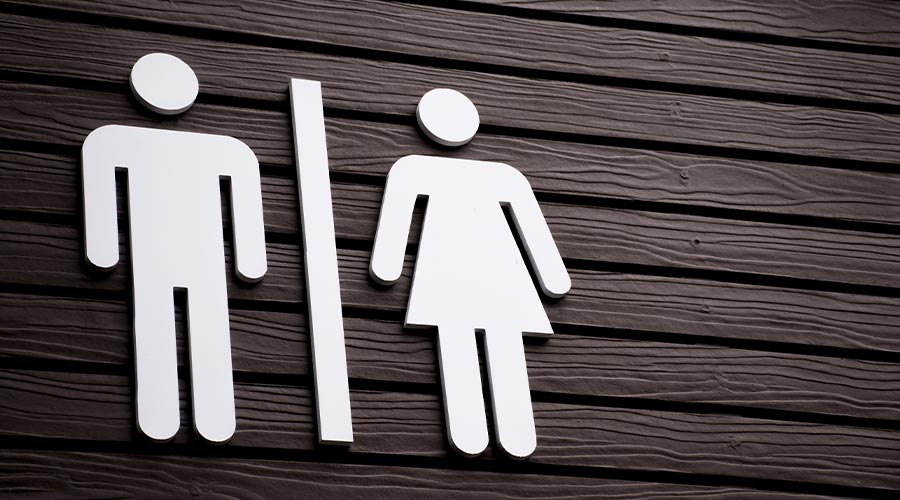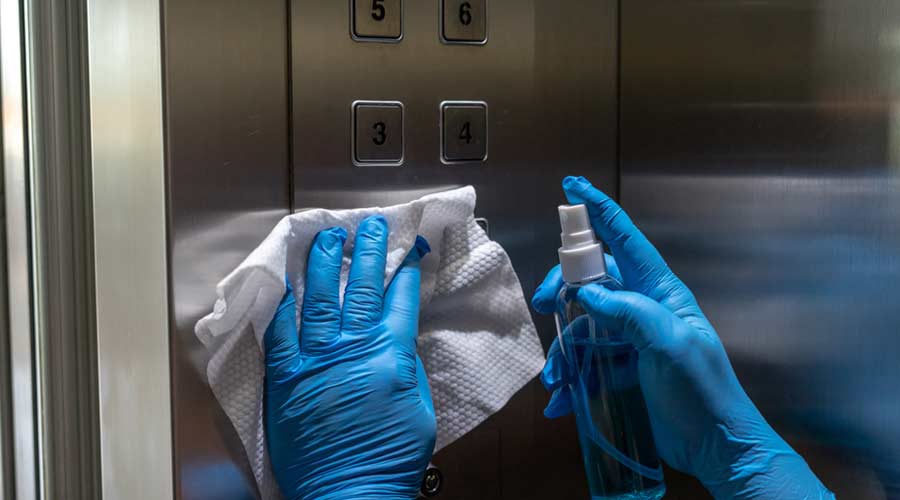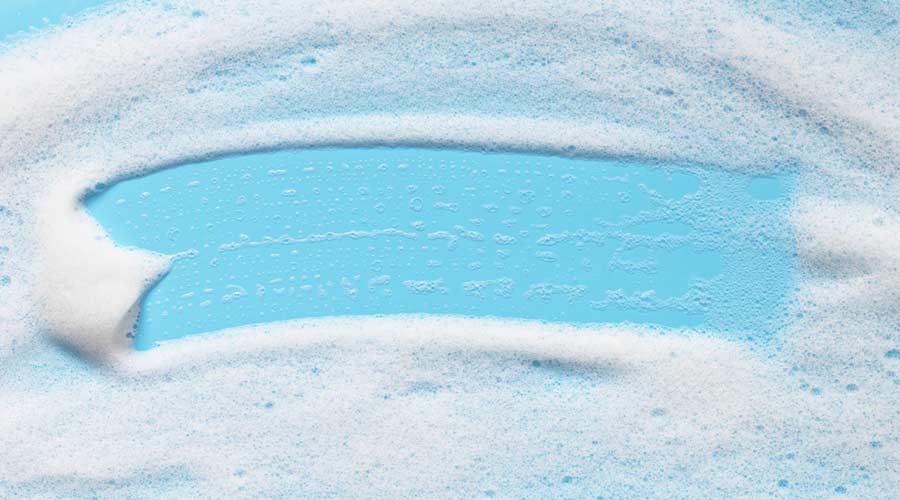
Recent research reveals that America has some of the lowest public bathroom availability in the world, with just eight facilities on average per 100,000 citizens. Whether it’s Google Maps or CityMapper, the need for proper tagging or capping of search results can make it even harder to find the restrooms that do exist, leaving US citizens unable to access basic sanitary facilities when they leave their homes.
For World Continence Week, leading global incontinence brand TENA have delved further into the data, crunching the numbers at state and city level to reveal which areas are outperforming at providing relief and which are struggling to keep up.
Based on metrics including restroom discoverability via popular map applications, discoverable bathroom density by population, and cleanliness and maintenance of these facilities, the rankings take previous research a step further by showing which locations are worst affected and which are upping their game.
Wyoming, Montana, and Hawaii offer the best public restroom access in the US.
For a smaller state, Wyoming packs a punch when it comes to public restroom provision. With an average of 118 public bathrooms appearing on state-level map searches, restrooms are properly tagged not just for search appeal but with accessibility information, meaning anyone can easily track down a free-to-use bathroom at the touch of a button. Public restrooms are also relatively well spread out compared to other states, with 37 public facilities available along major highways for anyone taking to the open road. Eighty-four percent of publicly available reviews scored over four stars, with restrooms often being cited as well maintained and clean.
Montana has the next largest number of public bathrooms easily discoverable via popular map apps, with one discoverable bathroom facility per 100,000 residents. Visit Montana also provides a list of public restroom facilities for travelers, allowing visitors with conditions such as urinary incontinence to plan their trips.
Hawaii, on the other hand, has a cap of 120 on the amount of public bathrooms appearing in Google Maps searches, with the actual number of public restrooms available in the state reported to be much larger. Oahu alone has 215 state-maintained public restroom facilities, according to the Department of Parks and Reaction. However, with many of these important facilities lost to those using technology to plan an unfamiliar route, they may go unseen. This suggests a need for better online infrastructure to allow users to discover all publicly available bathrooms.
North Dakota offers the cleanest and best maintained public restrooms.
Taking into account the public’s reviews of restrooms based on their cleanliness and maintenance in each state, North Dakota emerges as the clear winner: 94 percent of all restroom reviews analyzed were four or above. Despite having a smaller number of discoverable public bathrooms than the top three states, the public facilities provided were reported as having a nice atmosphere, being conveniently placed, and clean.
Elsewhere, Indiana, New Mexico, and Alaska also scored highly, with around 88 percent of reviews on public restrooms analyzed rated four or above.
At the other end of the scale, West Virginia’s toilets were the least well maintained or clean in the US according to public reviews, with only 32 percent of reviews being four or above. As well as having very few discoverable public restrooms for those with accessibility needs, reviews listed that some restrooms had ‘wet’ toilets, that many of them were locked during what should have been their opening hours and that facilities provided were ‘basic’.
Wheelchair-accessible bathrooms could be easiest to access in Wyoming.
For those with additional accessibility needs, Wyoming again had the largest number of public restrooms tagged as wheelchair-accessible on popular map apps, with an estimated 16.2 accessible toilets per 100,000 members of the population. With provisions made for those with additional accessibility needs at most rest stops and public bathrooms outside of major cities, Wyoming leads the way in terms of digital public restroom information.
Accessibility provisions are harder to come by in other states, however, with both Vermont and Alaska boasting only eight discoverable public bathrooms suitable for those with accessibility needs in the whole state. Alaska in particular has just one accessible and discoverable restroom for each 100,000 residents, concentrated in downtown areas, making it difficult to plan for trips or enjoy the freedom of the open road for any Americans with additional needs.
New Hampshire and Kentucky struggle to provide relief.
While some states succeeded or struggled in specific areas, Kentucky received the lowest aggregated score of all states, putting it firmly at the bottom of public restroom access rankings. With only 20 public restrooms discoverable on map apps throughout the state, and very few on lengthy highways, the heartland of bourbon has only 0.04 discoverable public restrooms for every 100,000 residents. While it is likely that public restroom facilities contain more than one toilet, it is equally likely that easily discoverable options could lead to overcrowding, long wait times, and further accessibility issues. Cleanliness and maintenance were also an issue, with over 55 percent of reviews analyzed scoring facilities only three or below.
New Hampshire also struggled to impress, with only 11 discoverable public restrooms on popular map apps, the lowest of any state. With even smaller states such as Alaska boasting 17 discoverable public restrooms, this presents a challenge for anyone travelling outside of their local area.
The ability to find and access public restrooms can be challenging for Americans, but it can also make a great difference to quality of life – whether traveling for work or pleasure, or simply navigating a new city. Technology can help plan trips or locate facilities in an emergency, but the restrictions put in place by many apps can also create additional problems. While some states provide a variety of options, some still struggle to keep up, putting more pressure on bladders across America.

 The Down and Dirty on Cleaning in Virus Season
The Down and Dirty on Cleaning in Virus Season How Surfactant Use is Expanding in Commercial Cleaning
How Surfactant Use is Expanding in Commercial Cleaning